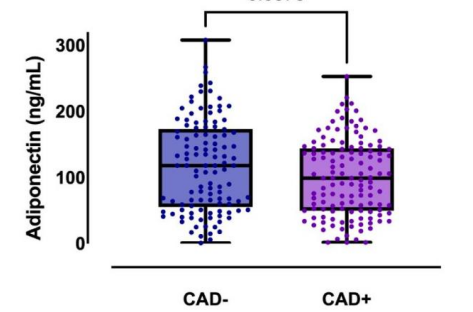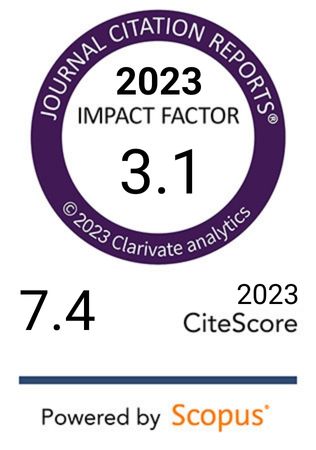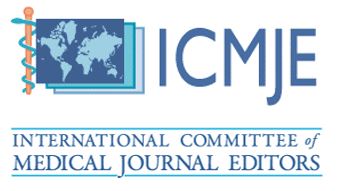Circulating organokines in coronary artery disease and metabolic syndrome: FABP4, adiponectin, irisin, FSTL1
DOI:
https://doi.org/10.17305/bb.2025.13188Keywords:
Metabolic Syndrome, coronary artery disease, fatty acid-binding proteins, adiponectin, follistatin-related proteins, irisinAbstract
Cardiovascular disorders are closely linked to metabolic syndrome and remain a leading cause of mortality worldwide, despite advances in early detection and treatment. Adipokines, cardiokines, and myokines play critical roles in maintaining systemic metabolic homeostasis. In this study, we measured serum levels of fatty acid binding protein 4 (FABP4), follistatin-like 1 (FSTL1), irisin, and adiponectin in 243 male patients undergoing elective coronary angiography. We investigated the associations of these biomarkers with coronary artery disease (CAD) and their correlation with metabolic syndrome status. FSTL1 levels were predicted using a Particle Swarm Optimization-enhanced Adaptive Neuro-Fuzzy Inference System (PSO-ANFIS) based on artificial intelligence. Patients with CAD exhibited significantly lower FABP4 levels (p<0.0001), and low FABP4 levels emerged as an independent predictor of CAD in logistic regression analysis (odds ratio 0.903, 95% CI 0.825-0.987, p=0.025). The combination of adiponectin, FSTL1, and irisin as a biomarker strategy demonstrated high sensitivity and specificity for diagnosing metabolic syndrome (AUC = 0.92, 95% CI 0.88-0.96). Both FSTL1 and adiponectin independently correlated with metabolic syndrome (p<0.001, odds ratio 1.039, 95% CI 1.025-1.054; p<0.001, odds ratio 0.979, 95% CI 0.971-0.988, respectively). The prediction of FSTL1 levels using PSO-ANFIS supports the concept of harmonization among metabolic messengers. These findings underscore the potential of FABP4 and FSTL1 as valuable biomarkers for diagnosing metabolic and cardiovascular diseases, thereby facilitating personalized interventions targeting organokine pathways.
Citations
Downloads

Downloads
Additional Files
Published
Issue
Section
Categories
License
Copyright (c) 2025 Meltem Uyaner Kan, İbrahim Kilinc, Hakan Akilli, Hasan Huseyin Bilgic

This work is licensed under a Creative Commons Attribution 4.0 International License.









